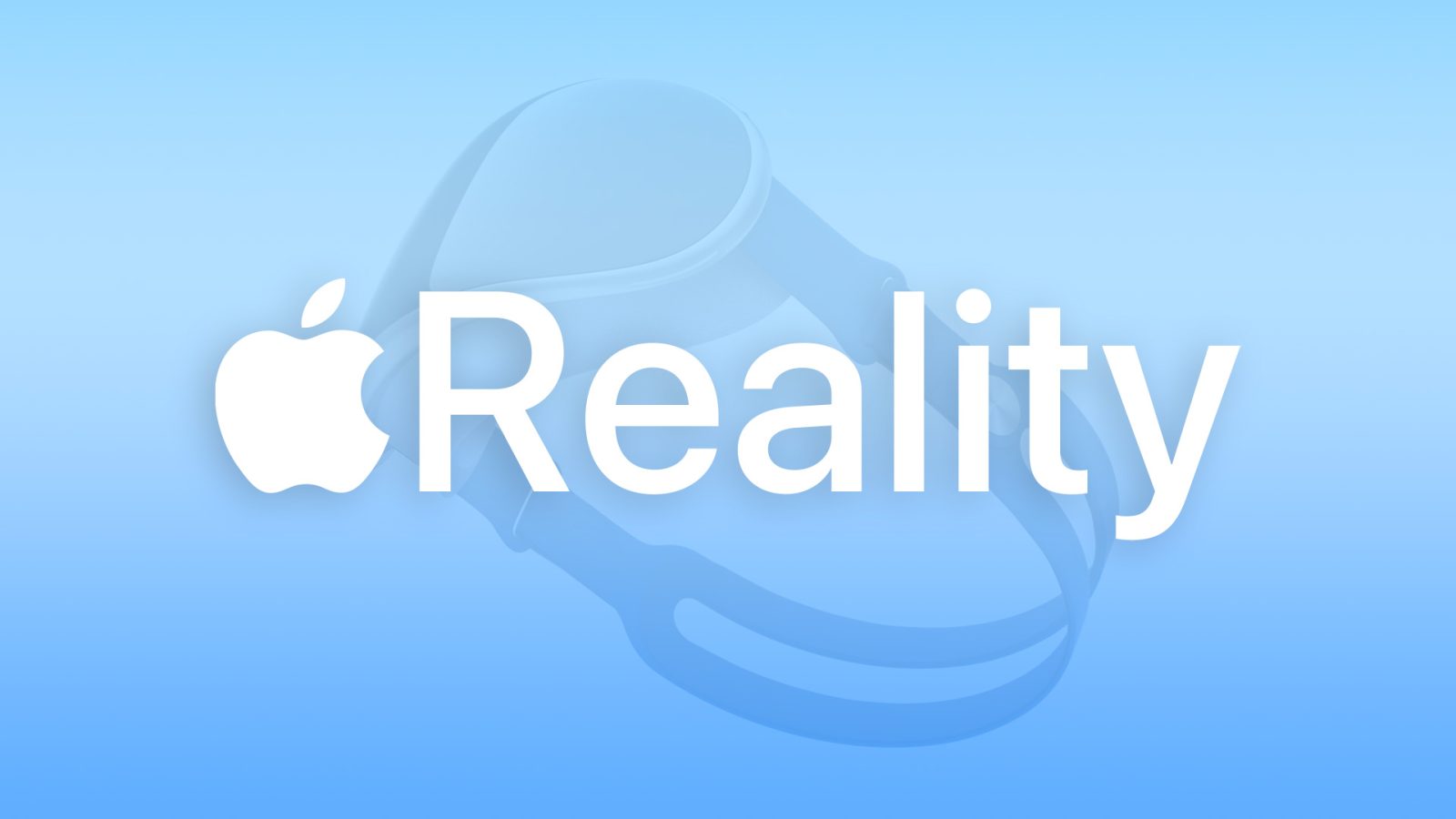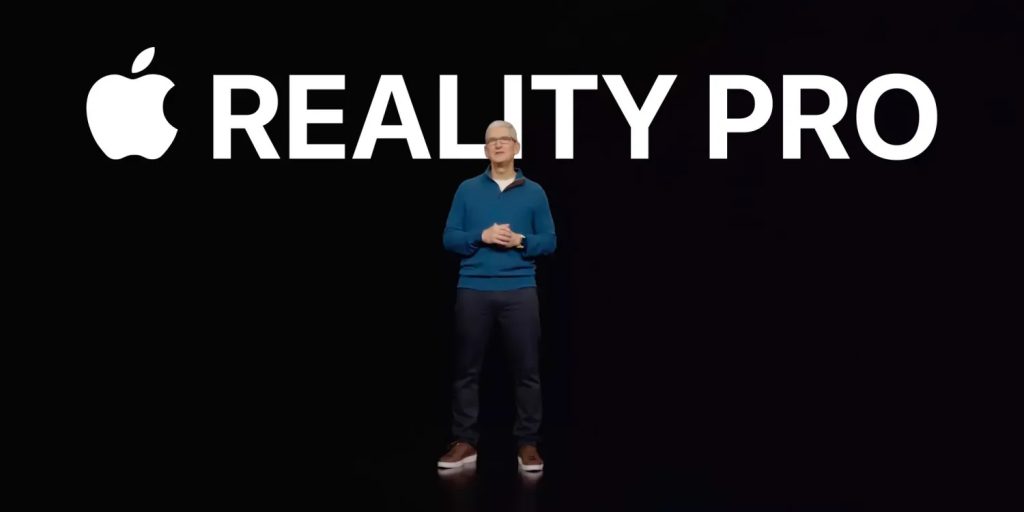
At WWDC in June, Apple is expected to announce its highly anticipated headset with virtual reality and augmented reality features. Alongside the actual hardware for the so-called “Reality Pro” headset, however, Apple will also announce the product’s underlying software platform. This software will reportedly be called xrOS, and it marks Apple’s first major new software platform since it unveiled watchOS for the Apple Watch.
xrOS will include a number of revolutionary features for the Reality Pro headset, such as immersive media consumption, macOS integration, and more.
What does xrOS mean?
According to Bloomberg, Apple initially referred to the software for its Reality Pro headset as realityOS. Sometime late last year, however, it rebranded the name to xrOS as it inched closer to the public release.
xrOS is believed to stand for “extended reality,” which aligns with Apple’s goals that the headset does not completely cut people off from the outside world. The Reality Pro headset itself, for instance, will reportedly have outward-facing cameras to allow users to see around them.
Apple has registered various different trademarks for xrOS around the world in the lead-up to the Reality Pro headset’s announcement. There’s still a chance that the company opts for something like “realityOS,” but as it stands right now, all signs point to xrOS being the company’s final choice.
xrOS features
xrOS will be how users and developers of the Reality Pro headset interact with the device. Similar to how iOS powers the iPhone and macOS powers the Mac, xrOS is what will power Apple’s long-awaited Reality Pro headset. xrOS will receive software updates with new features and changes, offer an App Store for third-party developers, and more.
Apple has a number of different features in mind for the first version of the Reality Pro headset and the xrOS software. Bloomberg, for example, has reported that Apple’s plans are wide-ranging and include things like gaming, watching sports, consuming TV shows and movies, fitness and meditation, and more.
One of the biggest questions is how exactly we will interact with xrOS and the Reality Pro headset. Apple’s focus will be on voice input via Siri, as well as support for interfacing using a nearby iPhone, iPad, or Mac. In fact, the use of Siri has reportedly been a point of contention inside Apple. According to one report, the team working on Apple’s Reality Pro headset reportedly became so frustrated with Siri that it considered “building alternative methods” for controlling the headset with voice technology.

iPad apps will also be part of Apple’s strategy to increase the number of apps available via xrOS. Apple is reportedly planning to let Reality Pro headset users access existing iPad apps via the xrOS interface. This means that users will be able to access their favorite iPad apps via the Reality Pro headset, even if the developer hasn’t specifically adapted the app to run in virtual reality.
For Mac users, xrOS will reportedly be able to interface with macOS such that the Reality Pro headset can serve as a display for your Mac. This will allow users to see their Mac’s display in virtual reality and interface with it using their traditional trackpad or mouse and keyboard.
According to The Information, xrOS will also include the ability for anyone to create a so-called AR “app” using Siri without having to do everything from scratch. This is similar to features already offered by headsets from Meta. The Quest headsets, for example, have an app called Horizon Worlds that allows users to build 3D environments without coding.
Communication via FaceTime will be a central aspect of the initial version of xrOS, according to Bloomberg. Apple has reportedly developed a new version of FaceTime for the headset that will “realistically render a user’s face and full body in virtual reality.”
Apple’s headset will allow users to toggle via AR and VR modes, which will be a key aspect of the xrOS software as well. When in VR mode, the xrOS experience will be fully immersive. When using the Digital Crown-style toggle on the Reality Pro headset itself, however, xrOS will gradually transition to AR mode to allow users to see the real environment around them.
Other features rumored for xrOS include:
- Health and wellness features
- Gaming
- Immersive books and storytelling
- VR versions of apps for Safari, Photos, Mail, Messages, the App Store, Apple TV, and more
- Immersive video and audio, including Dolby Atmos and more
- Bloomberg: A feature designed to make Reality Pro users feel as if they are watching a movie on a dedicated screen in another world, such as a “desert or outer space”
- Support for productivity features such as Keynote, Pages, and Numbers
The future of xrOS
At WWDC next month, Apple will hold a variety of different sessions and labs for developers to learn more about xrOS. This will include things like developing apps for the headset, learning how to bring apps from other platforms to the headset, best design practices for a virtual reality experience, and more.
The key thing to keep in mind when Apple unveils xrOS next month is that this is only version one. Internally, Apple is reportedly well aware that there are compromises it had to make to get this initial version of the Reality Pro headset and software out the door. Expect the company to make rapid changes to the experience, especially as it starts receiving feedback from the general public.
xrOS will be announced at WWDC on June 5, alongside the Reality Pro headset itself and updates to existing software platforms like iOS 17, macOS 14, tvOS 17, watchOS 10, and more.
Follow Chance: Twitter, Instagram, and Mastodon
Add 9to5Mac to your Google News feed.
FTC: We use income earning auto affiliate links. More.







